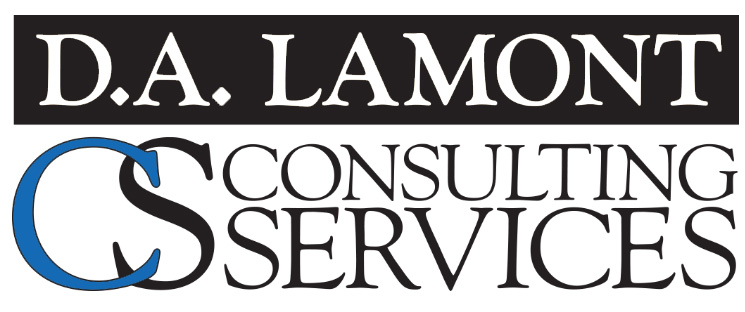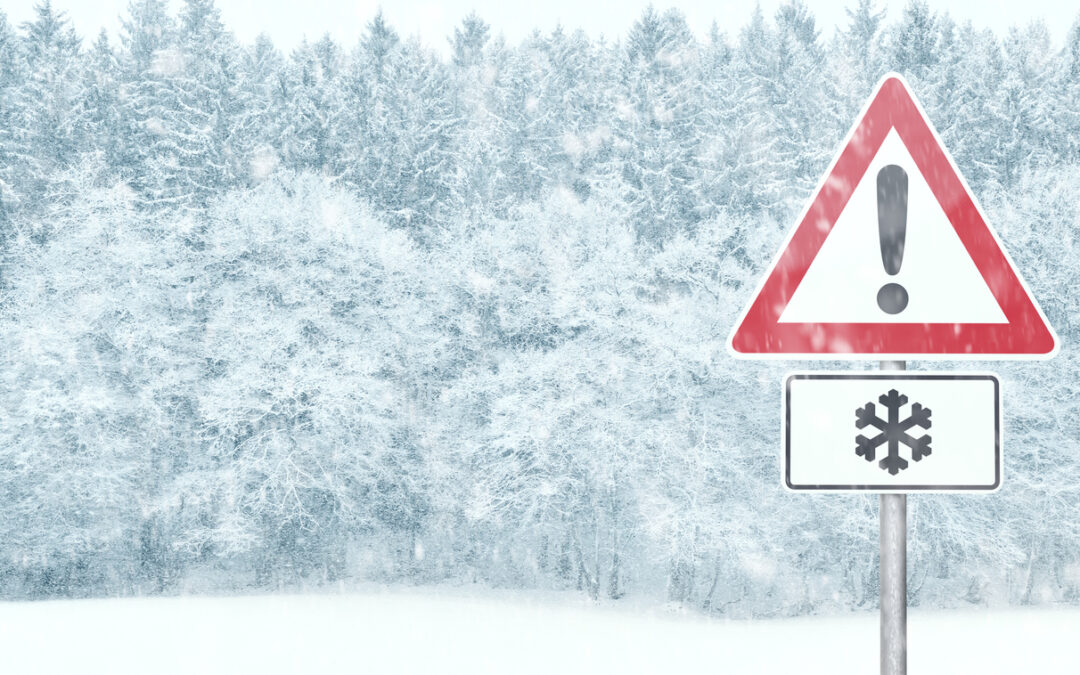As winter approaches, public entities face seasonal challenges that require proactive planning. From snowstorms and freezing temperatures to icy roads, winter weather can disrupt operations and compromise public safety. Implementing a year-end preparedness plan helps communities face these challenges with resilience, ensuring public safety and service continuity.
Assessing Infrastructure for Cold Weather
Preparing infrastructure for winter weather is crucial for safety and operational continuity. Roads, bridges, public buildings, and utilities are all vulnerable to cold temperatures, snow, and ice. Here’s how to get ready:
1. Inspect Roads and Bridges
Winter can worsen existing road damage, making transportation unsafe. Assess roads and bridges for vulnerabilities and conduct preventive repairs to reduce risks.
- Seal cracks and repair potholes: Freezing water expands in cracks, which worsens damage.
- Clear drainage systems: Keeping drains and culverts debris-free reduces ice buildup and improves road safety.
2. Prepare Public Buildings for Winter
Winterizing public buildings such as schools, offices, and community centers can prevent heating issues, reduce maintenance costs, and improve energy efficiency.
- Inspect heating systems: Test HVAC units, boilers, and other heating equipment to ensure they’re working.
- Insulate pipes: Exposed pipes should be insulated to prevent freezing and bursting.
- Seal windows and doors: Adding insulation reduces heating costs and improves energy efficiency.
3. Ensure Utility System Resilience
Utility systems, particularly power and water, are vulnerable to winter weather. Collaborate with utility providers to strengthen resilience and reduce service interruptions.
- Insulate power lines and equipment: This helps prevent ice buildup, which reduces outage risk.
- Trim trees near power lines: Prevent outages by removing branches that could fall and damage lines during heavy snow or ice.
Stock Up on Essential Winter Supplies
Having the right supplies on hand before winter hits is vital. Stocking up now ensures fast response during emergencies.
1. Salt and Sand for Roads
Ice on roads and walkways is hazardous in winter. Ensure an ample supply of salt and sand to keep these areas safe.
- Purchase de-icing salt in bulk: De-icing materials often become scarce during storms, so stockpiling is essential.
- Use sand for traction: Sand helps improve traction on icy surfaces, especially in extremely cold conditions.
2. Fuel and Backup Power Supplies
Power outages are common in winter. Stocking up on fuel and ensuring backup power sources are ready can prevent service disruptions.
- Fuel vehicles and generators: Ensure snow plows, service vehicles, and generators are fueled before winter storms.
- Test generators: Regular testing confirms that backup power systems are operational.
3. Equip Emergency Kits for Staff and Facilities
Having emergency kits in public buildings, vehicles, and critical locations ensures essential supplies are available if severe weather delays access.
- Stock essentials: Include blankets, water, and non-perishable food to support staff or visitors stranded by a storm.
- Add flashlights and batteries: Emergency lighting is essential during power outages, so flashlights should be easy to access.
Conduct a Pre-Winter Risk Assessment
Understanding specific winter weather risks allows for targeted preparations. Conducting a risk assessment helps public entities identify problem areas and plan accordingly.
1.Identify Vulnerable Infrastructure
Identify roads, bridges, and buildings that may be especially vulnerable to winter weather to help prioritize resources for repairs and maintenance.
- Locate areas prone to ice buildup: Identify roads and walkways that may face significant icing issues.
- Assess buildings with older heating systems: Prepare to address potential issues in buildings with outdated systems that may struggle in extreme cold.
2. Analyze Historical Weather Patterns
Each community faces unique winter weather challenges, and reviewing historical data can help improve preparedness efforts. Knowing local weather trends offers insights into what to expect.
- Review past winter storm impacts: Use lessons from previous years to improve current preparation.
- Identify high-impact areas: Focus preparation on parts of the community that were most affected by prior winter storms.
Securing Pre-Winter Emergency Contracts
Establishing pre-winter contracts for essential services ensures access to critical resources during high-demand periods. By securing contracts in advance, public entities can avoid delays and inflated costs.
Snow and Ice Removal Contracts
Pre-winter contracts with snow and ice removal companies guarantee prompt service, ensuring road and walkway safety during storms.
- Define contract terms: Specify response times, equipment needs, and costs to streamline snow removal.
- Have backup contractors on call: Extra support can be critical during heavy snowfall or extended storm periods.
Emergency HVAC and Plumbing Services
Winter places increased demands on heating systems and plumbing, especially in older public buildings. Pre-arranged contracts ensure fast repairs in emergencies.
- Plan for emergency repairs: Contracts with HVAC and plumbing services ensure systems are quickly fixed.
- Schedule preventative maintenance: Routine checks before winter help prevent system failures.
Fuel Supply Agreements
Winter weather increases demand for fuel due to heating needs. Pre-arranged fuel contracts guarantee steady supply during high-demand periods.
- Set up regular deliveries: Contracts with suppliers ensure fuel for vehicles and generators.
- Include emergency delivery options: Plan for urgent fuel deliveries when needed.
Proactive Winter Preparedness for a Safer Community
Proactive winter preparedness is essential for ensuring the safety and resilience of communities. By inspecting infrastructure, stocking supplies, conducting risk assessments, and securing emergency contracts, public entities can minimize winter’s impact and maintain essential services throughout the season.
D.A. Lamont Consulting Services supports public entities with tailored disaster preparedness solutions to meet the unique challenges of winter weather. Contact us to strengthen your community’s winter readiness and ensure a safe, resilient season.

